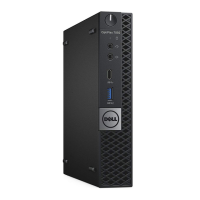Table 28. System setup options—Storage menu(continued)
Storage
Type Displays the M.2 PCIe SSD-1 type information of the computer.
Device Displays the M.2 PCIe SSD-1 device information of the computer.
Table 29. System setup options—Display menu
Display
Primary Display Determines the primary display when multiple controllers are available on the
computer.
By default, the Auto option is enabled.
Full Screen Logo Enable or disable full screen logo.
By default, the OFF option is disabled.
Table 30. System setup options—Connection menu
Connection
Network Controller Configuration
Integrated NIC Controls the on-board LAN controller.
By default, the Enabled with PXE option is selected.
Wireless Device Enable
WLAN Enable or disable the internal WLAN device.
By default, the WLAN option is selected.
Bluetooth Enable or disable the internal Bluetooth device.
By default, the Bluetooth option is selected.
Enable UEFI Network Stack Enable or disable UEFI Network Stack and controls the on-board LAN
Controller.
By default, the Auto Enabled option is selected.
HTTP(s) Boot Feature
HTTP(s) Boot Enable or disable the HTTP(s) Boot feature.
By default, the ON option is enabled.
HTTP(s) Boot Mode With Auto Mode, the HTTP(s) Boot extracts Boot URL from the DHCP. With
Manual Mode, the HTTP(s) Boot reads Boot URL from the user-provided data.
By default, the Auto Mode option is selected.
Table 31. System setup options—Power menu
Power
USB PowerShare
Enable USB PowerShare When enabled, USB devices connected to the designated USB PowerShare
port on the computer are powered or charged using the stored system battery.
By default, the OFF option is disabled.
Thermal Management Select the heat management settings for the cooling fan and the processor,
with respect to system performance, noise, and temperature.
By default, the Optimized option is selected.
USB Wake Support
BIOS Setup 87

